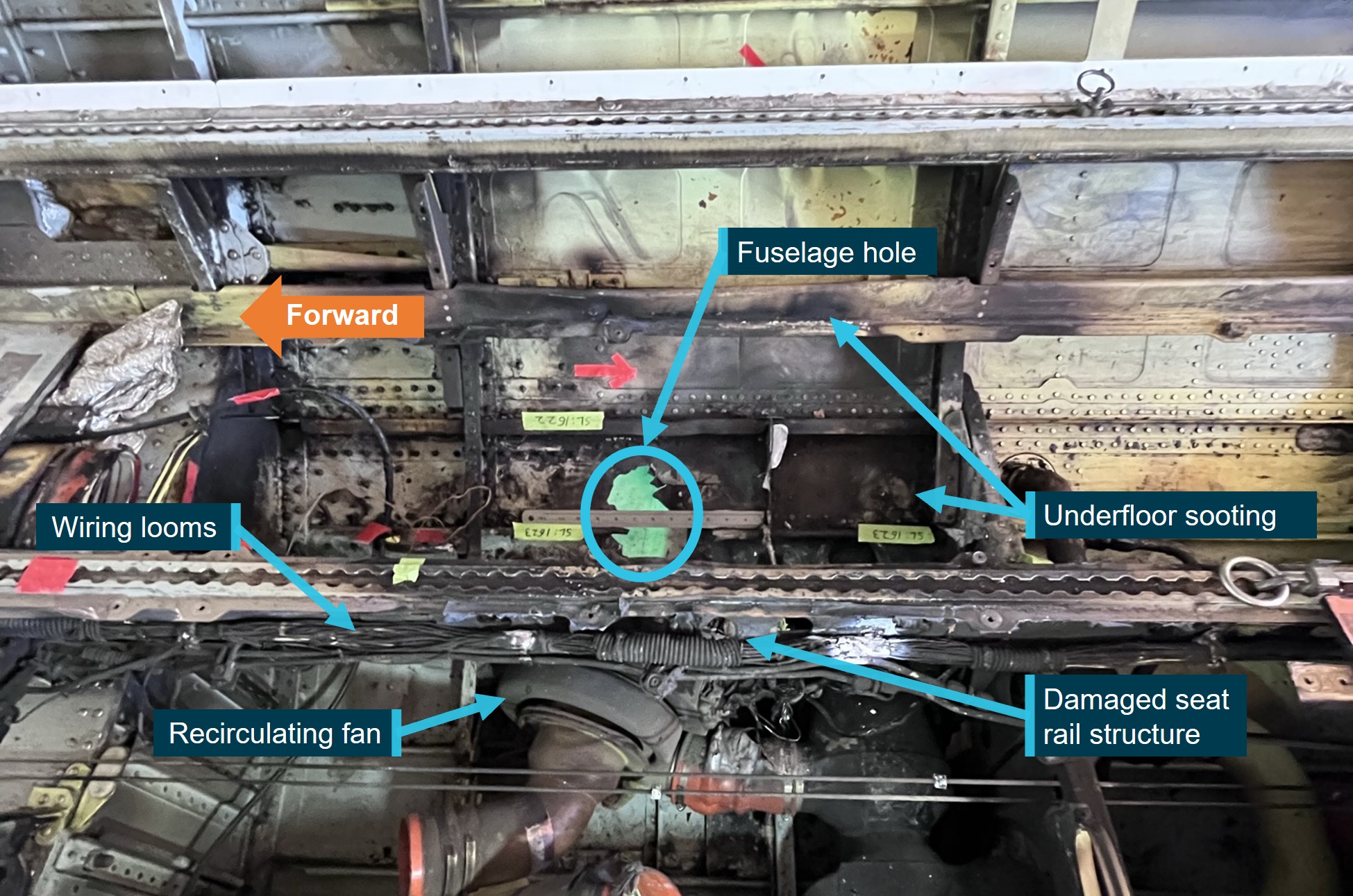14 April is World Chagas Disease Day and this year the focus is on increasing awareness of Chagas disease, and on providing access to crucial care and implementing disease surveillance, at the primary health care level.
According to the World Health Organization (WHO), an estimated 6-7 million people worldwide are infected with Trypanosoma cruzi, the parasite that causes Chagas disease, leading to some 12,000 deaths every year and leaving some 75 million people at risk of infection. Annual incidence is 30-40,000 cases, but in many countries, detection rates are low (less than 10% and often less than 1%) and people suffering with the disease often encounter significant barriers to diagnosis and adequate healthcare.
Chagas disease is often called a “silent disease” because most patients have no symptoms either during the acute or the chronic phases of infection, until when damages are too advanced to be reversed. It remains a public health problem, especially in several endemic areas of continental Latin America, where the burden on health systems is high. The disease is curable when treatment is provided soon after infection, and detection and monitoring of the disease can be carried out at the first level of medical care. The decentralization of diagnostic and care services and making these part of mainstream national health systems, can therefore play a crucial role in ensuring effective case detection, notification, and management.
Speaking ahead of World Chagas Day, the Director of WHO’s Global NTD Programme, Dr Ibrahima Socé Fall said, “Chagas disease remains a blight on the lives of too many people, across Latin America and throughout the world. I join with my colleagues on the ground in calling for reinforced primary health care to better detect and diagnose cases and to ensure that more and more people are able to benefit from the treatments available to combat this debilitating disease”.
Progress in spite of challenges
Significant progress has been made in the fight against Chagas disease, despite challenging circumstances. As of today, domiciliary vector transmission has been interrupted in Belize, Chile, Costa Rica, Honduras, Nicaragua, Paraguay and Uruguay, as well as in many areas in Argentina, Bolivia, Brazil, Colombia, El Salvador, French Guyana, Guatemala, Guyana, Mexico and Peru.
Over the past decades, Chagas disease has been detected in many countries outside Latin America, including the United States of America and Canada. European countries and some African, Eastern Mediterranean and Western Pacific countries have also recorded cases. This is largely related to increased population movement, but transmission of T. cruzi can take place anywhere, in fact, through food consumption, blood transfusion and organ transplantation, as well as congenitally, from mother to child. Universal screening of blood donors and blood products has been implemented in all Latin American countries and is being increasingly implemented in countries with Chagas disease cases around the world. Many countries are scaling up this intervention to eliminate the risk of congenital Chagas disease.
There has also been important progress with regard to strengthening timely access to quality-assured medicines for all those in need and in closing treatment gaps: nifurtimox and benznidazole, used to treat Chagas disease, are currently donated to WHO by Bayer AG and Insud Pharma Group, respectively, and are made available mostly free of charge to the national health services of countries requesting these drugs.
Of the 44 countries where Chagas disease cases have been identified, six have already established regulations for reporting acute and chronic cases and for conducting epidemiological surveillance of disease transmission (Brazil, Chile, Ecuador, Mexico, Paraguay, and Uruguay).
Disease reporting and surveillance are an important element in the fight against Chagas disease and improving epidemiological reporting systems in all the 44 countries is a particular focus for WHO and its partners.
Speaking ahead of World Chagas Disease Day 2023, Dr Pedro Albajar Viñas, who leads WHO’s global Chagas disease programme, said, “The establishment of robust surveillance systems from the first level of care upwards is crucial to ending the prevalence of Chagas disease and ultimately to stopping disease transmission. “We need to see increases in the investment in capacity and resources for the prevention of transmission, early diagnosis, control and strengthened surveillance of Chagas, starting at the primary healthcare level”.
WHO’s commitment to eliminate Chagas
WHO is committed to working alongside all affected countries to defeat the disease. In 2019, the Seventy-second World Health Assembly decided to establish World Chagas Disease Day, which would be celebrated on 14 April to raise public awareness of the disease. The identifies a number of objectives to ensure the elimination of Chagas disease as a public health problem in several countries by 2030.
The disease
Chagas disease, also known as American trypanosomiasis, is caused by the protozoan parasite, Trypanosoma cruzi. These parasites are mainly transmitted by contact with the faeces/urine of infected blood-sucking triatomine bugs – this is called vectorial transmission. These bugs typically live in the wall or roof cracks of homes and peridomiciliary structures, such as chicken coops, pens and warehouses, in rural and suburban areas alike.
Normally, they hide during the day, becoming active only at night when they feed on animal and human blood. The triatomine bug usually bites an exposed area of skin such as the face – hence its common name, the “kissing bug”. The bug then defecates or urinates close to the bite. Parasites enter the body when the person instinctively smears the bug’s faeces or urine into the bite, other skin breaks, or into the eyes or mouth. Oral transmission via contaminated food is another potential means of transmission, alongside vectorial transmission.
For centuries, the disease was a problem of rural populations in Latin American. However, successes in controlling vectorial transmission, as well as massive population movements from rural into urban areas – and eventually across continents – have increased the relevance of other transmission channels, such as blood transfusion, congenital transmission and even organ transplantation.
There is currently no vaccine against Chagas disease. Domiciliary vectorial control and transfusion and transplantation screening, along with detecting infection girls and women of childbearing age to prevent congenital transmission, remain the most effective disease control tools in Latin America.








